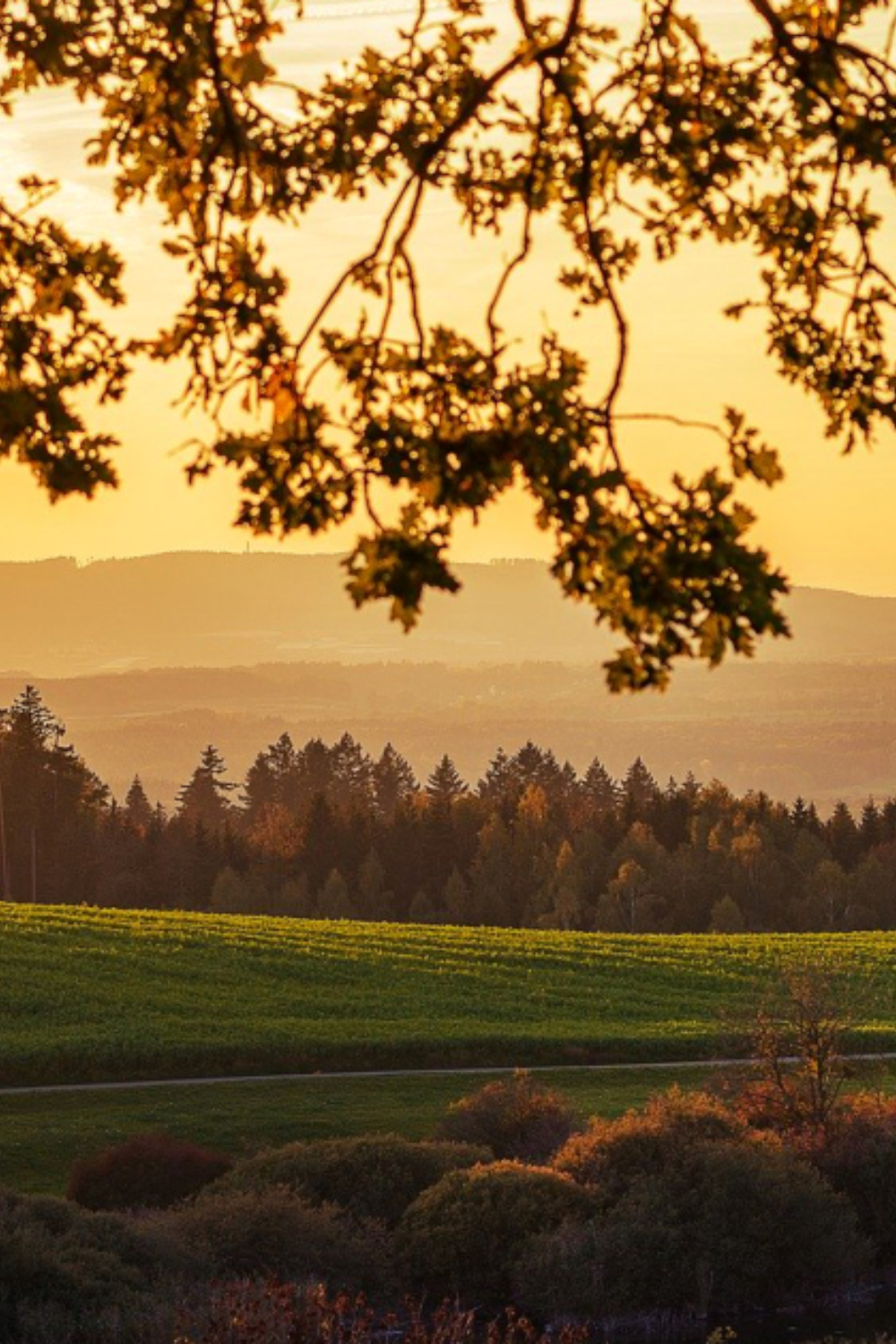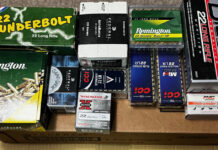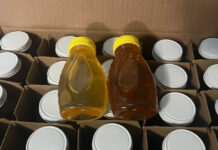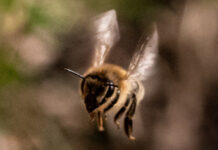
We may have war in the Middle East, but we still got to do the chores on the homestead. In fact, you could argue that the homestead is increasingly important as the rest of the world falls apart.
The U.S. is on a war footing. We’re seeing an increase of military flights in our area, and I’ve heard anecdotal evidence from others across the country that men and materials are moving on our roads and our skies. The U.S. military activity level now is higher than it was at the start of the Ukraine war, which I take to mean the power that bee are taking this. You should be too. For us, the homestead is an important component of our preps.
Cold Weather is Here
We’ve been vacillating between cold and warm weather, and it seems cold is taking over as we have fewer warm days. I’ve had to light the wood stove five times so far this fall, and yesterday I kept it burning all day and night. Before I lit it, the bedroom was 59°F, the main part of the house was 62°, and the basement, where the stove is, dropped to 64°.
Although I’ve seen the thermometer touch 36°, we have not yet had a hard frost. The peppers in the garden are still slowly turning from green to red, which is how my wife likes them. We’ve got to get them in the ground earlier next year or plant a seed with a shorter growing season.
Hoodies and fleece pull-overs replaced T-shirts. I put on my winter coat one morning, but it was too hot. I zipped out its liner and am wearing the shell when I walk the dog. That’s working fine. I am happy to be wearing my insulated boots again because they are so comfortable; they are my favorite outdoor boots. I can’t wear them when it is over 60° because my feet sweat.
Final Honey Harvest
The honey from my late September harvest turned out to be a dark, rich honey. I thought it had an excellent flavor. I harvested more than 30 pounds, almost three gallons, and ran out of quart honey jars.
For the past two weeks, I’ve been feeding the bees two-to-one syrup. I take two gallons of water, heat it in a 32-quart pan, and slowly stir in 1-and-a-half 10-pound bags of sugar. If it warms up enough today, I will feed them again today or tomorrow to ensure they have a good stockpile of food to get through the winter.
Despite the cold, there are still some asters and a few other flowers blooming. 90 percent of the golden rod is brown, but every now and again I see a bright yellow flower. On warmer days, the bees are still flying, doing their darnedest to bring in pollen and nectar to provide enough protein and carbohydrates to support the hive through the winter and allow them to make new bees in the spring.
Chicken and Eggs
If anyone ever asks you which came first, it is definitely the chicken. I have 16 young hens and a rooster in the coop that won’t be laying for at least another 9 weeks.
The three older birds are continuing to grow, as is the size of their eggs. I am getting three eggs per day on a very regular basis. Two out of the three are even laying where I want them too.
The chicken coop has two large, screened windows. With the falling temperatures and wind, I bolted back on the acrylic window covers after I saw the chicks clustered together in a mass to keep warm one night. A few days later, it warmed up, and I removed them. Then it got cold, and I put it back on. This time to stay until Spring I expect.
The clear window shields remind of of the Plexiglas protecting cashiers during COVID. I imagine the pullets saying to each other, “At least he isn’t making us wear a mask.”
Raccoons
I am not raising raccoons, but I am not sure they know that. About twice a week I see little yellow eyes staring back at me when I pan my 1,000-lumen headlamp over the property as I walk the dog after dark. It was startling until I got used to it. Now I actively look for them. Sometimes they are in a tree, sometimes well up on the hill. The dog doesn’t react to their eyes, but gets excited if she sees them scuttle by. They have learned to keep their distance not to come within 50 feet of us.
Most creatures are scared of the dog and I, even the possums, which are far from the smartest of critter. These guys seem curious but wary. It’s like they are watching in case I drop something edible.
I’m OK letting them live in the area, but the day a chicken gets eaten I start carrying the .22, shooting at yellow eyes, and putting out traps. My old neighbor baits them with sardines or canned cat food.
I don’t know if this is true, but I have heard that if you kill your local predators, new ones will move in and then they can cause problems. The theory is predators that live in our area—and I’m considering these raccoons predators because they can kill chickens—know “the rules,” so to speak. (No doubt their mom taught them.) They keep their distance, they probably know not to challenge the electric fence, and they aren’t causing any trouble. If I were to wipe them out, another predator would come into their territory and would cause trouble until it learned the rules. Again, I don’t know if that’s a proven theory, but it makes so much sense I just believe it.
Preps
I recently ordered another 500 rounds of .22 LR MiniMags. This was before I heard that Vista Outdoors, which produces CCI as well as Federal, Remington and several other ammo brands, was sold to a Czechoslovakian country. During Prime Days, I picked up 20 2032 coin batteries and a $20 power bank that is supposed to charge my iPhone 6 times. Because it can recharge anything with a USB port, I will be more likely to use it to charge flashlights and headlamps.
My only recent food purchase was two pouches of Progresso Creamy Corn Chowder soup mix on sale for $1.98 each. It has eight servings per pouch, but a serving is only one cup and has just 100 calories, so not the best for a prepper meal. Still, it is lightweight and will be a warm and hopefully satisfying part of a meal. I could see making a portion in a canteen cup over a tiny fire on a cold night in the wilderness, but chances are we’ll cook it in a pot on the stove.
I confirmed the zero on my go-to AR and ran some drills earlier this week. This is a rifle I used when I shot three-gun matches, so it has a proven history. It has a high-end Aimpoint optic, a BAD lever, and a long-throw flashlight mounted on it. This is also the rifle I keep in my bedroom when I want to have a rifle in there instead of or in addition to the shotgun. In any case, it was good to see the gun was still sighted in accurately. I can now say that every gun in my safe is checked, inspected, cleaned, and zeroed this year.
AR Magazines
Whenever I shoot a rifle, I use ammo that is already loaded in my magazines. Then I reload the magazine with fresh ammo. This is just one way to rotate ammo.
I like Magpul magazines, and I have black for 5.56 and tan for .300 Blackout. I also have a handful of Hexmag magazines and a few from Lancer, but prefer the Magpul because they appear sturdier. I also like metal magazines from C-Products. Their aluminum magazines are good, but their stainless steel mags are more rugged. If I had to pick one set of magazines to last me through ten years of turmoil, the stainless steel magazines would be the ones I’d go with.
Because I bought my first AR15 during the Clinton Assault Weapons Ban (yes, you could still buy them, just not with a flash hider), they could not ship with 30-round magazines. As a result, I purchased some surplus plastic magazines the Canadian military used (not as good as today’s plastic mags) and some aluminum magazines the U.S. military issued.
To this day, I have these old metal Okay Industries magazines that have the finish worn off them but still function just fine. I also have some magazine rehab kits in storage that include a new base plate, follower and spring. If any of these oldies but goodies stop working, I’ll just swap out the innards. Why do I keep them around when there are newer magazines available? Because you can never have too many magazines.








